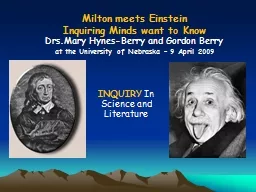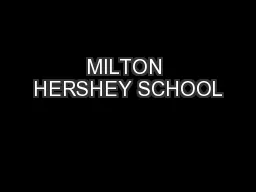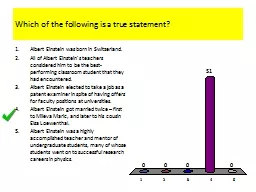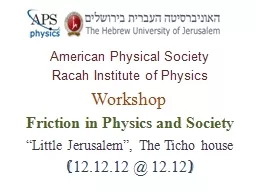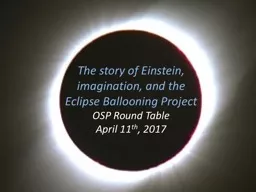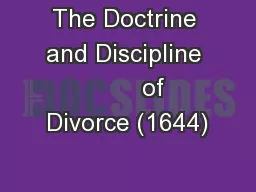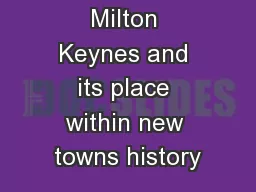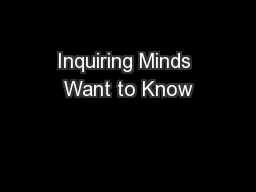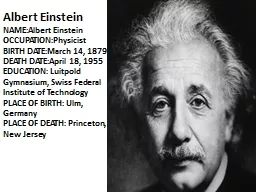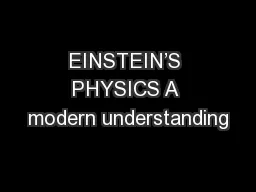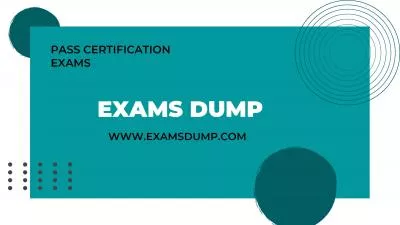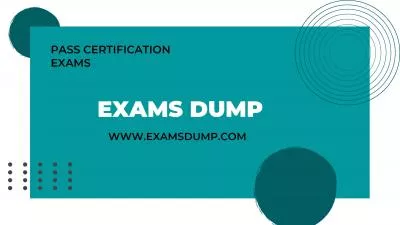PPT-Milton meets Einstein Inquiring Minds want to Know
Author : phoebe-click | Published Date : 2018-10-13
DrsMary HynesBerry and Gordon Berry at the University of Nebraska 9 April 2009 INQUIRY In Science and Literature The incompleteness of mathematics Godel 1933
Presentation Embed Code
Download Presentation
Download Presentation The PPT/PDF document "Milton meets Einstein Inquiring Minds wa..." is the property of its rightful owner. Permission is granted to download and print the materials on this website for personal, non-commercial use only, and to display it on your personal computer provided you do not modify the materials and that you retain all copyright notices contained in the materials. By downloading content from our website, you accept the terms of this agreement.
Milton meets Einstein Inquiring Minds want to Know: Transcript
Download Rules Of Document
"Milton meets Einstein Inquiring Minds want to Know"The content belongs to its owner. You may download and print it for personal use, without modification, and keep all copyright notices. By downloading, you agree to these terms.
Related Documents

